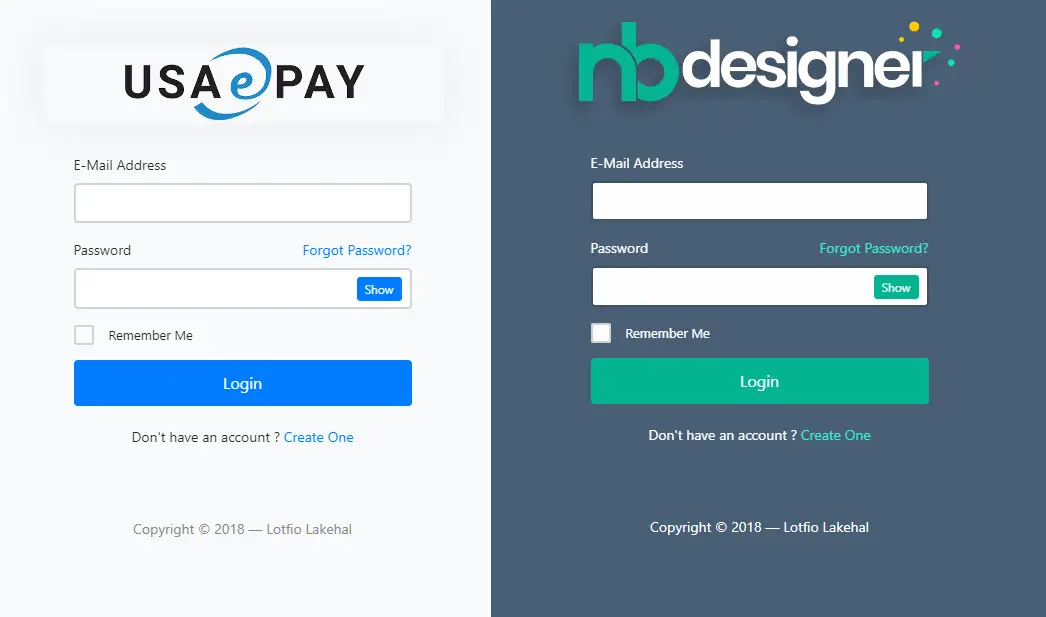Resolve nullable warnings
By Tan Lee Published on Dec 24, 2024 328
The CA1062 warning is triggered when a public method does not check whether one of its parameters is null, even though it is marked as a non-nullable reference type.
public class StreamingService
{
public void LogMovies(MovieRepository movieRepository)
{
foreach (var movie in movieRepository.GetMovies())
{
Console.WriteLine(movie.Name);
}
}
}In this example, the LogMovies method accepts a MovieRepository object as a parameter but does not check if it is null before attempting to call GetMovies on it. If movieRepository is null, the program will throw a NullReferenceException at runtime. The CA1062 warning prompts you to validate that the parameter is non-null before proceeding with any operations on it.
When this happens, you will see a warning message like this:
CA1062: In externally visible method 'void StreamingService.LogMovies(MovieRepository movieRepository)', validate parameter 'movieRepository' is non-null before using it. If appropriate, throw an ArgumentNullException when the argument is null or add a Code Contract precondition asserting non-null argument.
There are a few strategies you can employ to resolve this issue, depending on the context of your application and whether null values are acceptable in certain scenarios.
1. Null Check the Parameter
The recommended solution in most cases is to add a null check for the parameter. If the parameter is null, you can throw an ArgumentNullException, return a default value, or handle the situation in another way that makes sense for your application.
public void LogMovies(MovieRepository movieRepository)
{
if (movieRepository == null)
{
throw new ArgumentNullException(nameof(movieRepository));
}
foreach (var movie in movieRepository.GetMovies())
{
Console.WriteLine(movie.Name);
}
}In this example, we add a simple if statement to check if movieRepository is null. If it is, we throw an ArgumentNullException with the parameter name, which is a common practice for signaling that an invalid argument was passed to the method.
2. Suppress the Warning
In some cases, you may be confident that the parameter will never be null, or you may be willing to accept the risk of a NullReferenceException if the parameter is null. In such cases, you can suppress the CA1062 warning.
public void LogMovies(MovieRepository movieRepository)
{
#pragma warning disable CA1062 // Validate arguments of public methods
foreach (var movie in movieRepository.GetMovies())
{
Console.WriteLine(movie.Name);
}
#pragma warning restore CA1062 // Validate arguments of public methods
}Here, we use #pragma warning disable to temporarily disable the CA1062 warning for this method. While this suppresses the warning, it's important to use this approach with caution. Suppressing warnings can hide potential problems in your code, so it should be used sparingly and only when you're certain that the parameter won’t be null.





